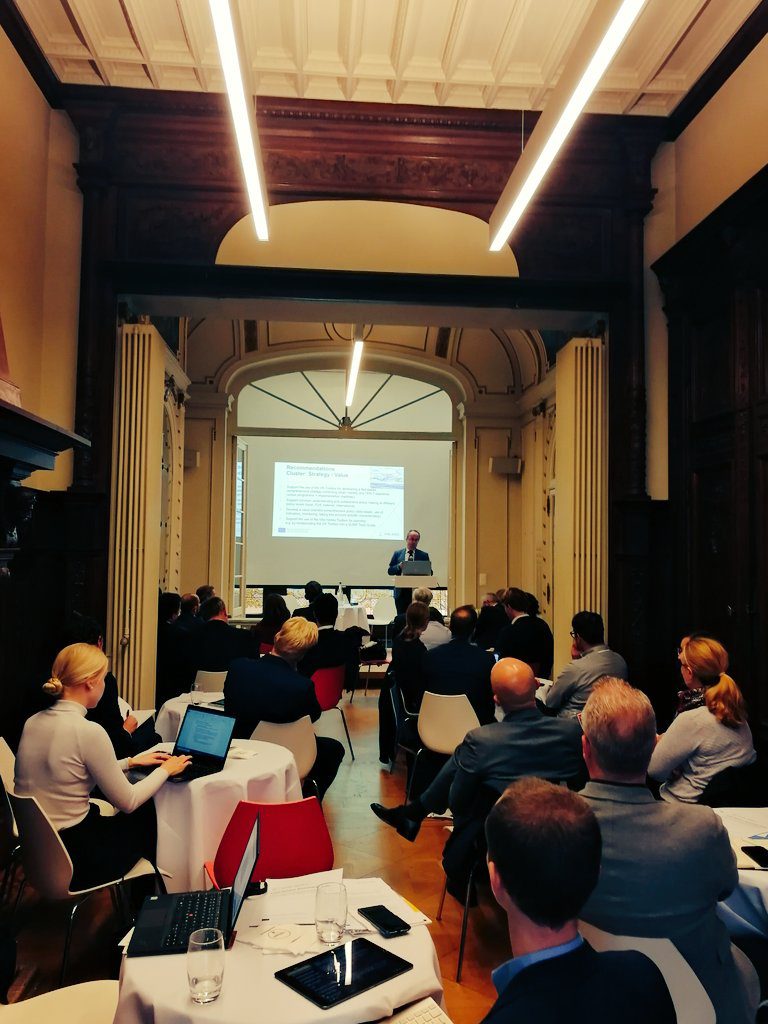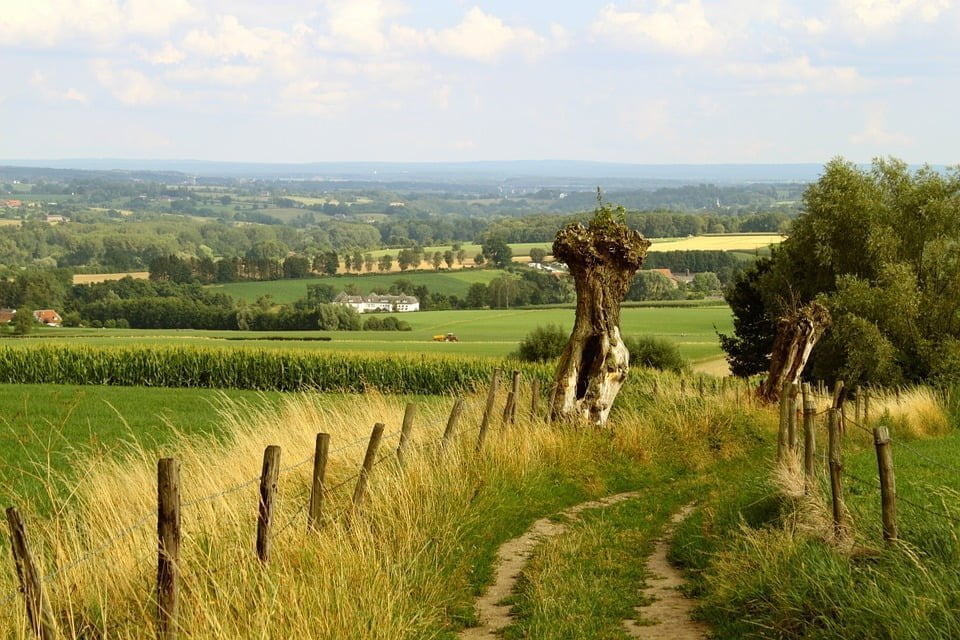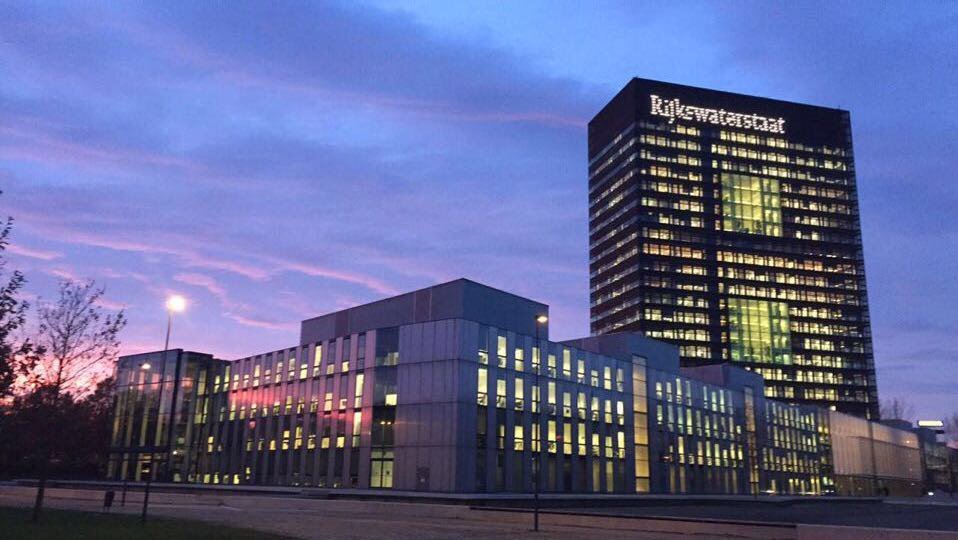Recommendations for integration of urban nodes & TEN-T: a policy dialogue
The Vital Nodes project is coming to an end in a couple of days. The second policy dialogue (agenda here) was organised on 15 October 2019 in the Vienna House in Brussels, to present, discuss and validate the policy recommendations on integrating Urban Nodes and TEN T corridors.
Keynote speech Mr. Mathieu Grosch, coordinator TEN-T Orient/East-Med Corridor
- Need a one-stop-shop, cooperation and coordination b/w the programmes, and between the different funding instruments: CEF and structural funds should be integrated and aligned, in terms of funding but also objectives.
- Need for significant financial resources for infrastructure improvement. These investments must be converted into jobs.
- Data missing: need for ex ante/post monitoring to evaluate the interventions. Different ways of evaluating impacts should also be considered.
- Need for political will and support and local level, supported by good local expertise at all governance levels.
- Need to create the network and cooperation in a practical way, case by case. Too much theory can block and fragment the dialogue.
Keynote speech Ms. Gudrun Schulze, EC – DG MOVE
- Review TEN-T guidelines: evaluation is ongoing (to be finished mid-2020). Cities have been quite active. Revision of the role and function of the whole network including urban nodes. A more complete definition of ‘urban node’ is needed.
- Some metropolitan areas that are not part of the 88 should be included in the revision.
- Connection between long-distance and local transport affects different policy areas: urban mobility, urban planning, emissions and decarbonization. Connection with SUMPs and functional urban areas (FUAs) should be clear.
- Passenger nodes and hubs (besides ports, airports, etc.), as well as freight terminals, are becoming more and more important. Need to work on the facilitation of the last mile connection.
- There are many programmes and activities ongoing, there’s a need to elaborate a holistic view.
Keynote speech Prof. Dr. Jos Arts, University of Groningen, Innovation Manager Vital Nodes (see Powerpoint presentation)
- All activities compete for the same space (‘common ground’), but planning, development and management is organised in silos (‘tragedy of the commons’), there’s a need for ‘common sense’ and to take the FUA into account.
- In order to better integrate urban nodes into the TEN-T network, there’s a need to link up different scales, take into account the FUA, create links between multiple dimensions, develop an integrated, multi-governance approach and develop a fact-based planning; in addition, funding should be focused on integration and combining of funds.
- Need for data and collaborative planning to connect roads, railways, shipping, air traffic etc. at urban nodes level, also to connect transport with energy infrastructure.
- Vital Nodes policy recommendations (see PPT presentation for complete overview) are structured along five clusters or dimensions
- Strategy / Value
- Network / Space
- Governance / Time
- Finance / Funding
- Research / Data
After the keynotes there was a debate with all the participants on how the recommendations must be received by the European institutions, and how Vital Nodes can continue to animate the activities concerning the efficiency of urban nodes and their integration with the TEN-T network.
More details about the discussion are in the full report of the 2nd Policy Dialogue, available here. The PPT presentations are available here.
For more information on the Vital Nodes project: www.vitalnodes.eu



